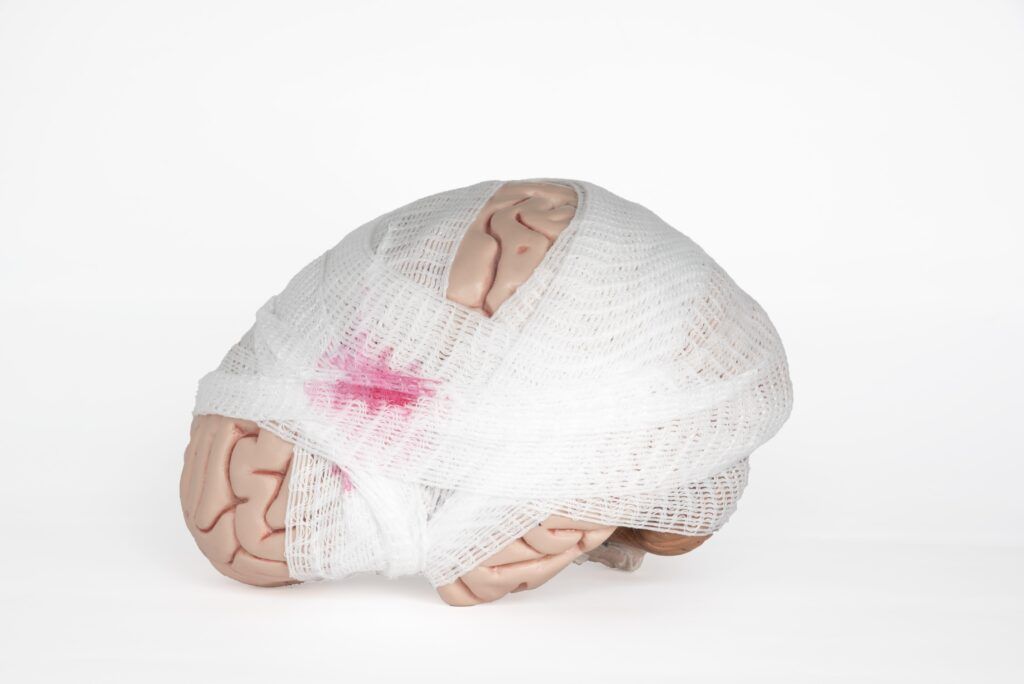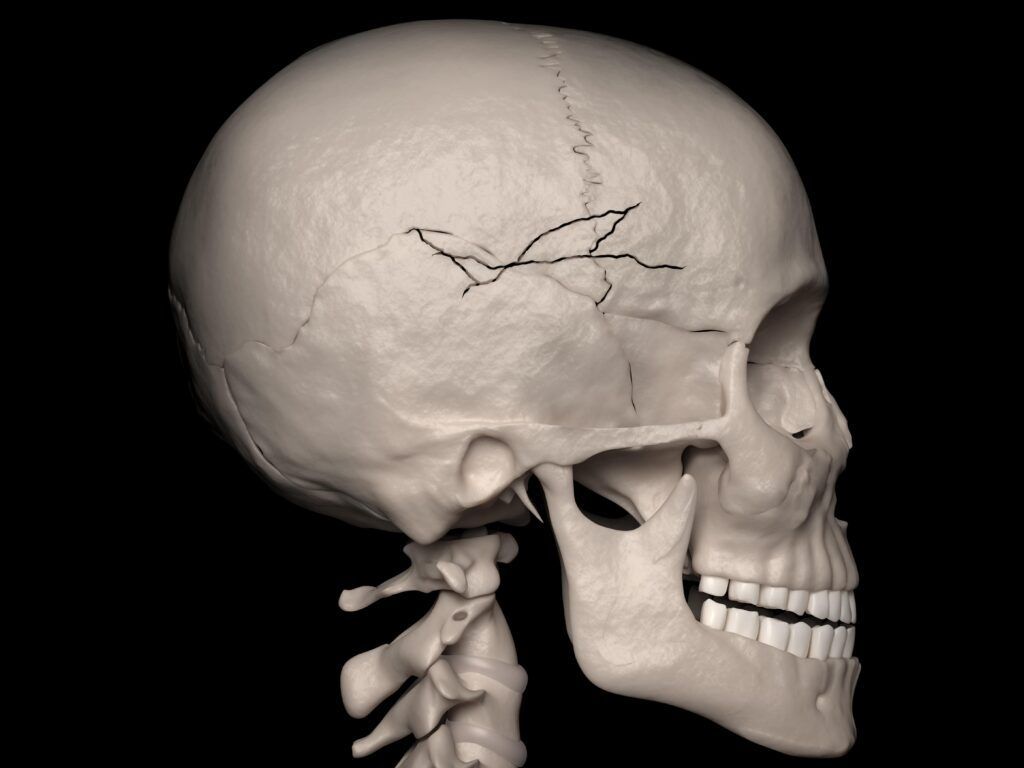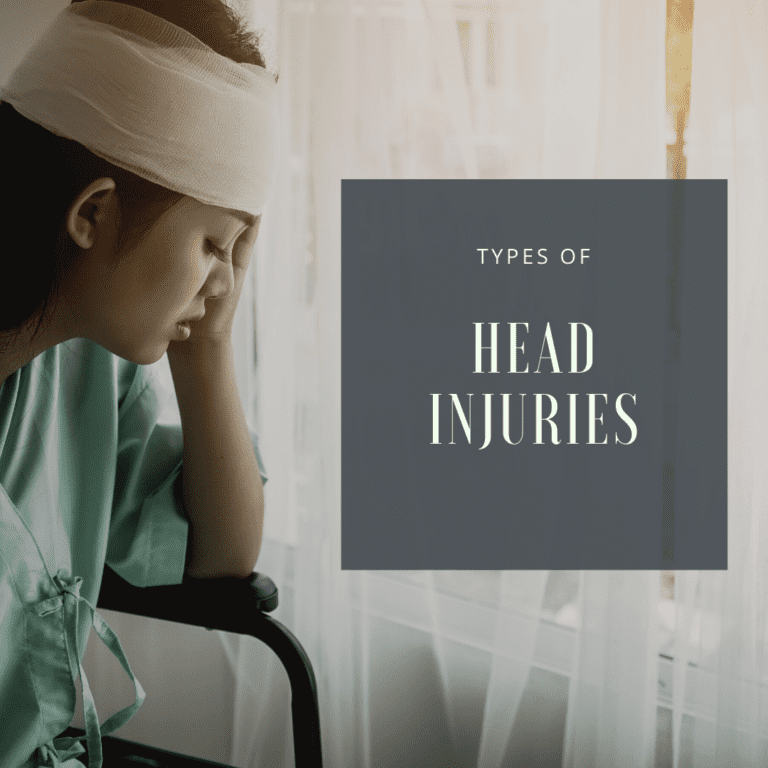Head injuries are very common in the United States. Did you know that every year there are about 2 million head injury-related emergency room visits? Head injuries can occur when the head is shaken violently or when a blow to the head is absorbed by the skull. Some common causes of head injuries are motor vehicle accidents, physical assaults, and sports-related accidents. Each type of head injury has its own set of symptoms and treatments depending on what caused the injury, as well as other factors such as severity and duration.
Head injuries can be divided into two main types: closed head injury and open head injury. A closed head injury is where the victim does not suffer any damage to their skull or bone structure. This occurs when the brain collides with the skull walls at great speed causing bruising and bleeding in the brain. An open head injury is where the victim sustains damage to their skull or bone structure as well as injuries to the brain. This can occur when there is a penetration wound which penetrates through the skin into the skull cavity.
Symptoms of a Head Injury

Regardless of whether there is an open or closed head injury, there are certain symptoms to look out for that can indicate a head injury has occurred. It is important to note that symptoms may come on gradually or suddenly. While open head injuries are generally more obvious, these symptoms can be important in determining the presence of a closed head injury:
- Headaches (However, not all headaches are caused by head injuries so it is important to see your neurologist for confirmation)
- Dizziness or a spinning sensation
- Nausea
- Feeling lightheaded
- Temporary ringing in the ears
- Blurred vision
- Slurred speech or mispronouncing words
Symptoms such as a loss of consciousness, disorientation, or confusion require immediate medical attention
Types of Head Injuries
Concussion
A concussion is a traumatic brain injury that can cause a loss of awareness and/or alertness for a few minutes or a few hours after the event. Symptoms of a concussion can continue to linger for weeks or months after the event. Although symptoms will eventually fade, repeated concussions can cause permanent damage.
Diffuse Axonal Injury (DAI)
A diffuse axonal injury is a closed head injury that damages the brain cells and impairs their ability to function properly. Diffuse axonal injuries can also cause brain swelling and lead to being in a coma. This type of injury generally occurs as a result of shaking the brain back and forth.
Edema
Edema is a term used to describe swelling. Certain types of head injuries can cause swelling in the structures around the brain, however when the brain swells it is serious. This is because the brain is confined in the skull and has very little room to swell without pressing against the inner skull wall.
Hematoma

A hematoma is a clotting of blood that occurs outside of the blood vessels. When a hematoma forms in the brain, it can exert pressure on the brain and increase the overall pressure inside the skull. Hematomas can cause a loss of consciousness or permanent brain damage. There are different types of hematomas, including:
- Epidural Hematoma: occurs when a blood clot forms between the skull and the dura (outer covering of the brain). Usually associated with skull fractures.
- Subdural Hematoma: occurs when a blood clot forms under the skull and under the dura, but outside of the brain.
- Intracerebral Hematoma: also known as a contusion, this occurs when the brain itself has become bruised and is bleeding/swelling where the injury occurred.
Hemorrhage
A hemorrhage refers to uncontrollable bleeding. When it comes to head injuries, there are different types of hemorrhages that can occur.
- Subarachnoid Hemorrhage: bleeding in the space around the brain
- Intracerebral Hemorrhage: bleeding within the brain tissue
Skull Fractures

The human skull is one of the only bones in the human body that does not contain bone marrow. As a result, this makes it very difficult for the skull to fracture. However, when a skull does fracture, it is unable to absorb the force of the blow and will likely result in brain damage. There are different types of skull fractures, including:
- Linear Skull Fractures: occurs when there is a break in the bone that does not move the brain. This is the most common type of skull fracture.
- Depressed Skull Fractures: occurs when part of the skull has become sunken due to trauma.
- Diastatic Skull Fractures: occurs when there is a fracture along the suture lines of the skull. This is commonly seen in newborns and older infants.
- Basilar Skull Fractures: occurs when there is a break in the bone at the base of the skull. This is the most serious type of skull fracture.
What Happens if You Have a Head Injury
In the event that you experience a head injury, the first step is to seek medical attention. Generally speaking, you will want to go to urgent care or an emergency room for prompt attention. At that point, you will either be hospitalized or told to rest and schedule an appointment with a neurologist at a later date. The exact type of treatment you will receive will depend on the type and extent of the injury.

Dr. Kashouty, a diplomate of the American Board of Psychiatry and Neurology (ABPN), practices general neurology with fellowship trained specialization in clinical neurophysiology. Dr. Kashouty finds the form and function of the nerves and muscles the most interesting part of neurology, which is what led him to specialize in neurophysiology with more emphasis on neuromuscular conditions. He treats all neurological diseases, but his main focus is to treat and manage headaches, movement disorders and neuromuscular diseases.




